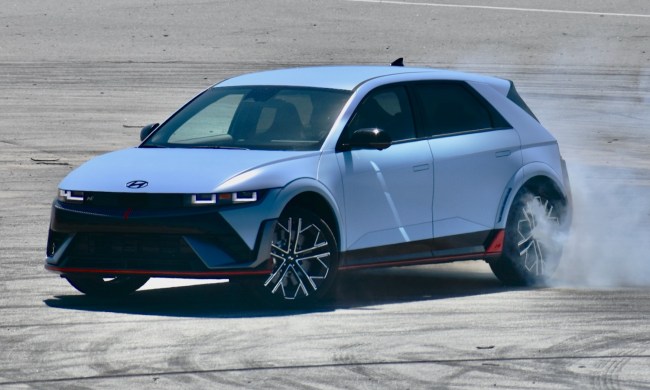When the Guinness World Records (GWR) book was launched in 1955, the idea was to compile facts and figures that could finally settle often endless arguments in the U.K.’s many pubs.
It quickly evolved into a yearly compilation of world records, big and small, including last year’s largest grilled cheese sandwich in the world.
Things got a little bit more serious for Hyundai this year: With the GWR’s 2024 theme being the “Blue Planet” and an emphasis on the natural world, the South Korean automaker decided to set a new world record for the greatest altitude change experienced by an electric vehicle (EV).
To achieve the record this December, Hyundai had an Ioniq 5 EV descend 19,035 feet during a more than 3,000-mile journey across the Indian peninsula. Last year, the record was set by China’s Changan Nevo A07 EV, which experienced an altitude change of 18,766 feet while traveling nearly 1,500 miles through Tibet.
The Ioniq 5’s journey started in the Himalayas at India’s highest drivable point in Umling La in Leh Ladakh, located 19,025 feet above sea level. The trip finished in Kuttanad, Kerala, which is 9.8 feet below sea level.
During two weeks, the Hyundai EV traveled through harsh terrain and extreme weather conditions, including freezing temperatures and steep mountain passes, as well as humid coastal regions.
“This achievement is a testament to Hyundai’s unwavering commitment to innovation, technological excellence, and sustainability,” said Unsoo Kim, managing director of Hyundai Motor India, in a statement. “The Ioniq 5’s performance in such extreme conditions reflects its engineering prowess and durability.”
The Ioniq 5 is equipped with a 72.6 kWh battery, providing a driving range of over 300 miles.
The record was set just as the 2025 Ioniq 5 started being delivered in the U.S. The new model will be the first to feature a North American Charging Standard (NACS) port. Using a Tesla SuperCharger, the basic Ioniq 5 model can charge the battery from 10% to 80% in 24 minutes.




